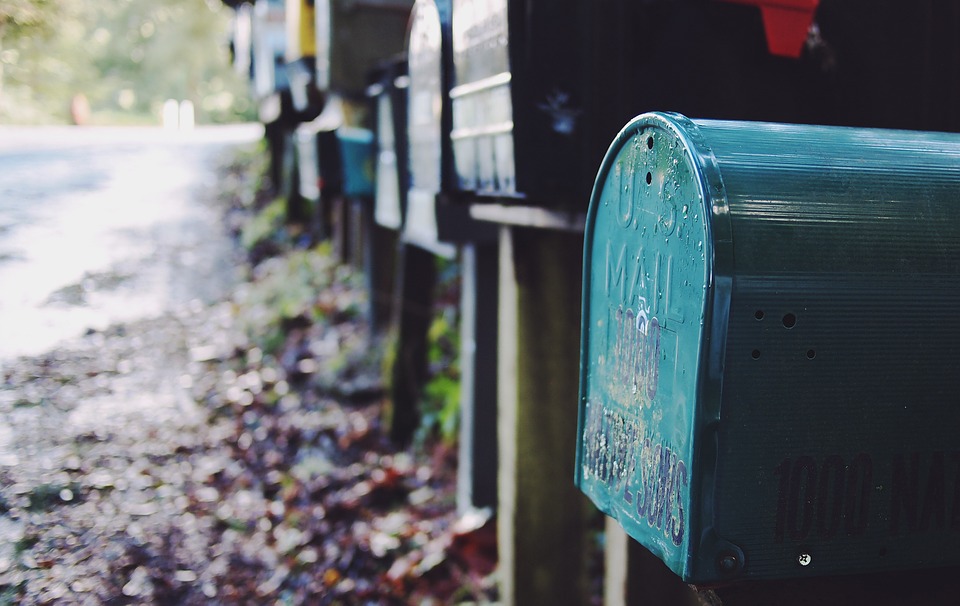A successful marketing automation process begins with attracting and engaging leads, and ends with a sale. But what’s in the middle is often the most challenging to master. The nurture phase is what drives leads through the funnel. It’s this drip of emails that gradually eases them into a sale by educating them and highlighting your services.
Nurturing your leads is extremely important to any email marketing campaign – according to Marketo, companies with strong lead-nurturing strategies in place generate 50 percent more sales-ready leads. The most important tool you have at your disposal for maximizing the effectiveness of your nurture campaigns is your writing.
Craft your subject lines so your readers can’t look away
When we wrote about reaching wide audiences and directing them to your site, we emphasized catching their eye as quickly as possible to get their attention and guide them to your website. However, in our article about capturing leads by using more in-depth assets, we discussed how you can now relax your headlines and writing style to be more creative and interesting, rather than traffic-focused.
At the nurture stage in the marketing automation process, however, we’re back to catching an audience’s attention – this time it’s with your email or newsletter content. The only major difference is that we’re now dealing with email subject lines and a more qualified audience, rather than blog titles and social media posts for top-funnel readers.

Your subject lines need to pop so your readers are intrigued enough to click before they move on to the next email.
Keep your subject short and specific – Mailchimp recommends using less than 50 characters for an effective subject line. Reference the value of the content in your email immediately: Make a promise, describe an offer, or introduce your product or service.
Don’t forget that most email clients, including mobile, show a snippet of the first line of content in the inbox view. This preview is a secondary opportunity for you to promote your content. Use this space to offer new information not covered by the subject.
More than just an annoying drip: focus on format & topic above all
We need to know what types of content you should be sending out in your nurture campaigns.
If your audience was interested enough to sign up for your emails, there’s also a good chance they’re receiving your competitors’ emails as well. In the State of B2B Marketing Automation 2015 report, Regalix reported that 95 percent of companies with automation software are also employing email marketing. That means you have to contend with some major competition filling up your leads’ inboxes. Your audience is in the consideration phase, so your email communication should help give them a clear idea of how you can help them (and help them better than anyone else can).
Before we begin carving up your lists and segmenting them according to user data, you’ll need to know what type of nurture emails will work for just about any segment of your audience. Let’s take a close look at some of the most popular and effective nurture email types, which help to mobilize your audience and get them more involved with your brand and services:
- Welcome emails formally introduce you to your new leads and can make a great first impression. The content in this email should all lead up to a central CTA for getting started, and great B2C welcome email might even include a discount or coupon button to kickstart the sales process directly from the introduction.
- Product or service launches epitomize one of the main reasons why people sign up for mailing lists – to be the first to hear about your latest developments, and (hopefully) the first to buy. If you’re introducing a new mobile app, a website redesign, the latest model of your product or a new location, try keeping the message brief, but include a discount or special offer and “learn more” options.
- Advice, secrets and tips can come weekly or monthly, or as special one-off pieces. They’re designed to continue to engage with your reader and add value to your relationship, while simultaneously proving how important your nurture-level email connection with them is. Emails with subjects like “The secret of staying healthy when traveling for business” or “4 tips for selling more this holiday season” intrigue the reader, similarly to a good blog on your website, and keep them engaged with your content. These help warm up your general audience, and are especially powerful for retaining existing customer as well as leads who know about your brand, but aren’t ready to buy yet.
- Offers and trials make your audience feel special. Nothing screams VIP like receiving an email with a freebie, coupon or special offer. According to Statistica, 127 million Americans will redeem a coupon this year, and a 2015 Nielsen study found that 11 percent of them got their coupons from an email. Sometimes people need a nudge, and delivering a deal right to their inbox is a great way to get them to finally decide to make a move.
Your email marketing content should keep you top-of-mind with your readers so that when the time comes for them to make their decision, you’ll be the first they think of.
Emails are much more than just text
The content you include in your nurture emails should, of course, extend much further than just blocks of text.
Get your audience clicking
Include calls-to-action in your emails to encourage your readers to examine your site, products or services further. Don’t go overboard – stick to one CTA per email. In fact, using one CTA in an email can increase clicks by 371 percent, and sales by 1,617 percent, according to a Wordstream study. Write your copy in first person when possible, keep the CTA copy short and snappy, be specific in your messaging, and design them to catch the reader’s eye.
Place your CTA at the bottom or right of the email, and use a color that reflects your brand’s scheme, but stands out from the rest of the content on the page. Keep the button as small and unintrusive as possible, while still being noticeable.
Repurpose information into a slide deck
A nurture email is the perfect place to promote assets like a recent webinar, presentation or eBook. Assets like these, baked into the nurture email, position you as a thought leader, while also engaging and educating your audience with rich, accessible content.
Videos are easy, engaging and enjoyable (and educational!)
Videos are a great way to make it easier for your audience to interact with your nurture email. They are so effective that Campaign Monitor reported they can dramatically increase the chance of click-throughs by 50 percent. Your users don’t have to read anything – they can kick back and watch your video to learn about what you have to offer.
Keep experimenting with interactive content
In a previous blog on marketing automation, we went over the benefits of using interactive guides and tools in your content marketing strategy. Interactive content, often in the form of quizzes, calculators, popups and surveys, leads to high conversion rates, as well as useful segmentation and analytics options. Audiences engage more effectively and quickly with interactive content than most other forms of content. As Jeff Bulas puts it:
“There is something that compels them to pay attention… It makes your marketing plan livelier… Usually, it contains the most relevant and actionable information that encourages and compels users to buy products immediately.”
Emails with quizzes or surveys often serve as fun distractions, but can also lead to some impressive click-through rate increases with the right strategy behind them.
In our next blog, we will take what you’ve learned about nurture campaigns, and introduce content’s role in segmenting your lists and personalizing your messages.





